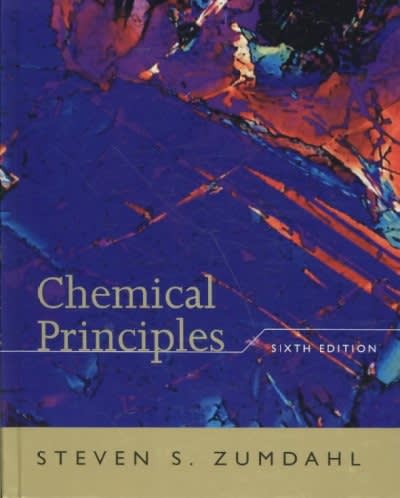A type of reaction we will study is that having a very small (K) value ((K <
Question:
A type of reaction we will study is that having a very small \(K\) value \((K<<1)\). Solving for equilibrium concentrations in an equilibrium problem usually requires many mathematical operations to be performed. However, the math involved in solving equilibrium problems for reactions having small \(K\) values \((K<<1)\) is simplified. What assumption is made when solving equilibrium concentrations for reactions having small \(K\) values? Whenever assumptions are made, they must be checked for validity. In general, the " \(5 \%\) rule" is used to check the validity of assuming that \(x\) (or \(2 x, 3 x\), and so on) is very small compared to some number. When \(x\) (or \(2 x, 3 x\), and so on) is less than \(5 \%\) of the number the assumption was made against, then the assumption is said to be valid. If the 5\% rule fails, what do you do to solve for the equilibrium concentrations?
Step by Step Answer:






